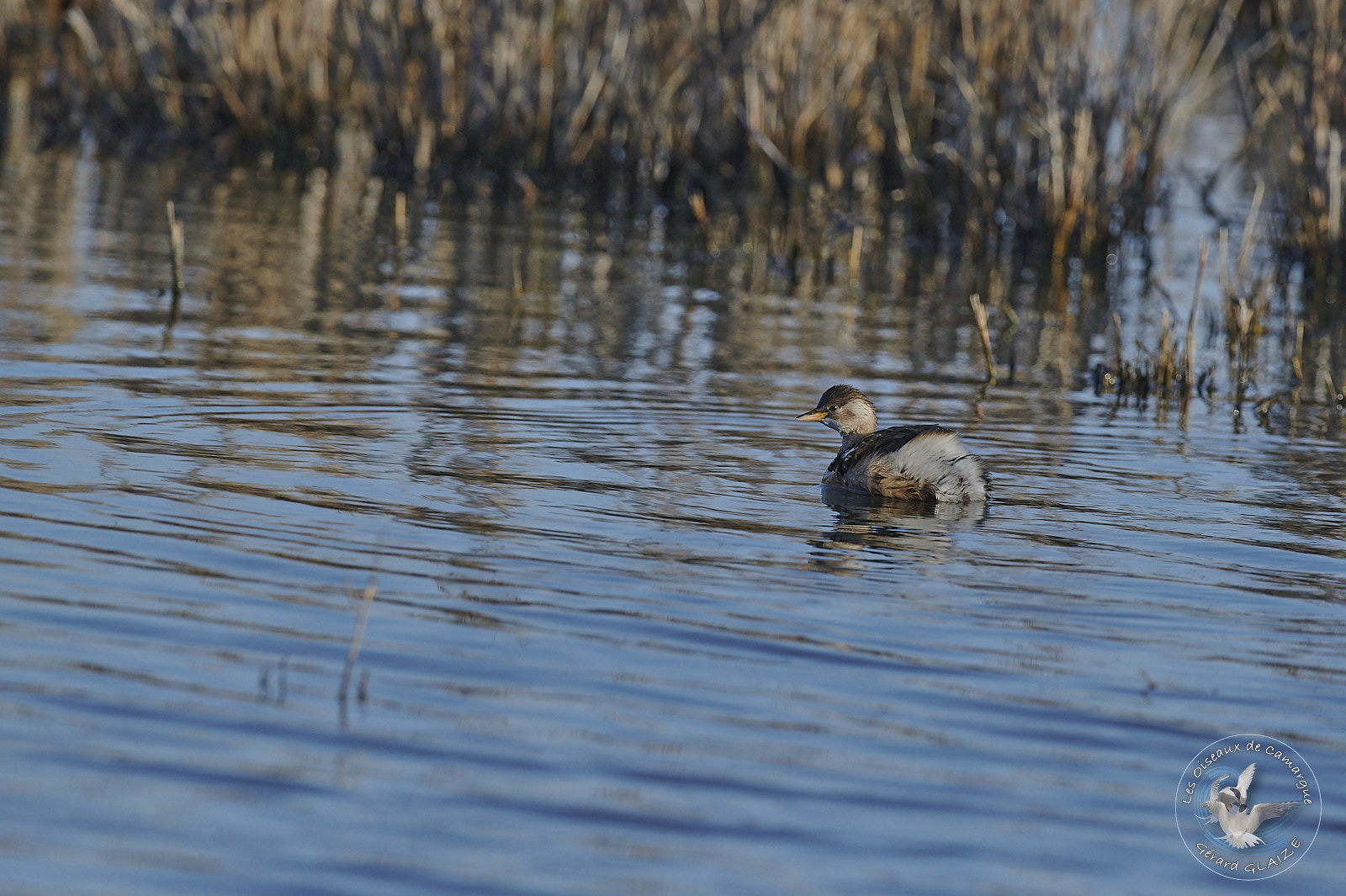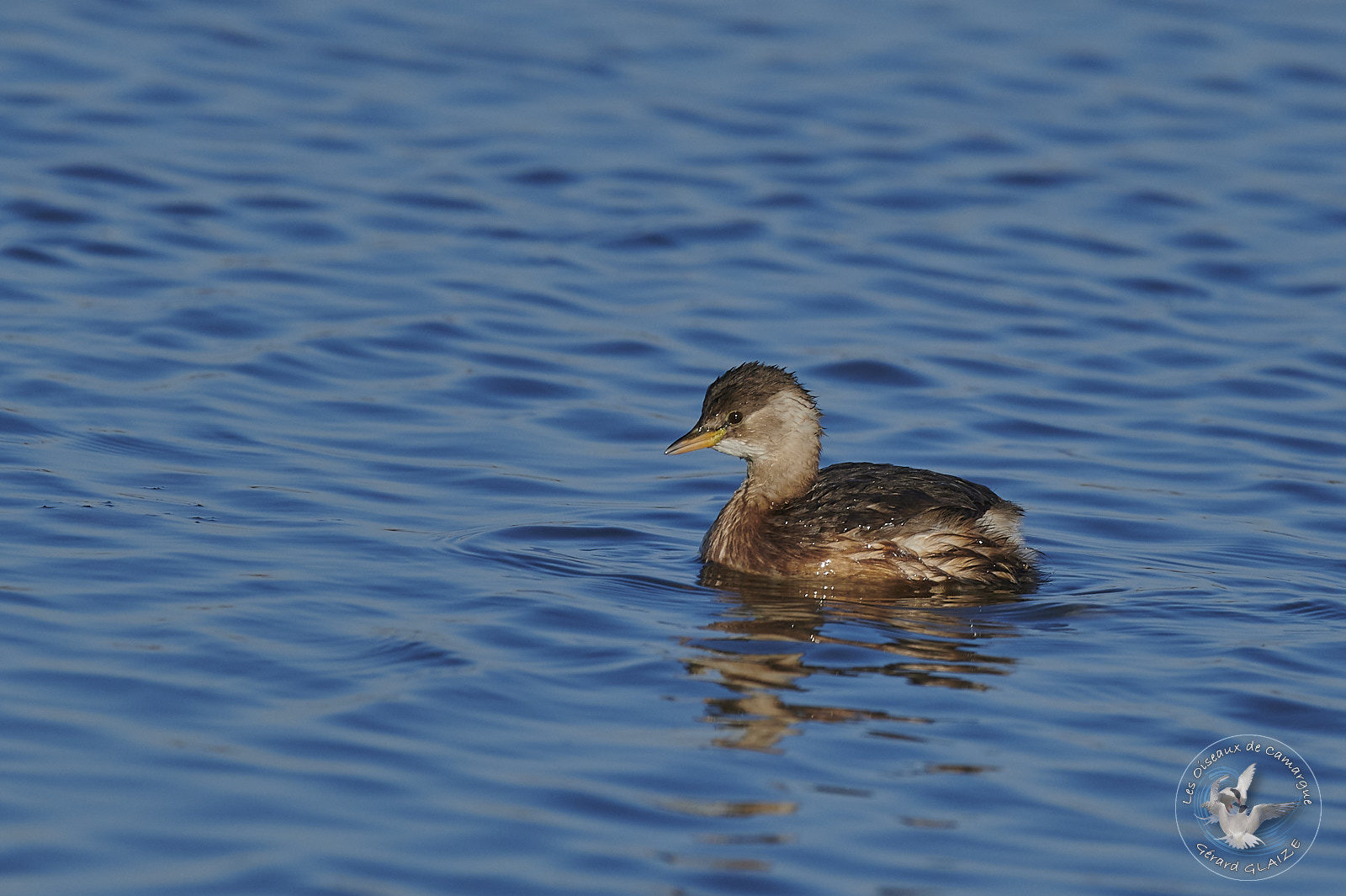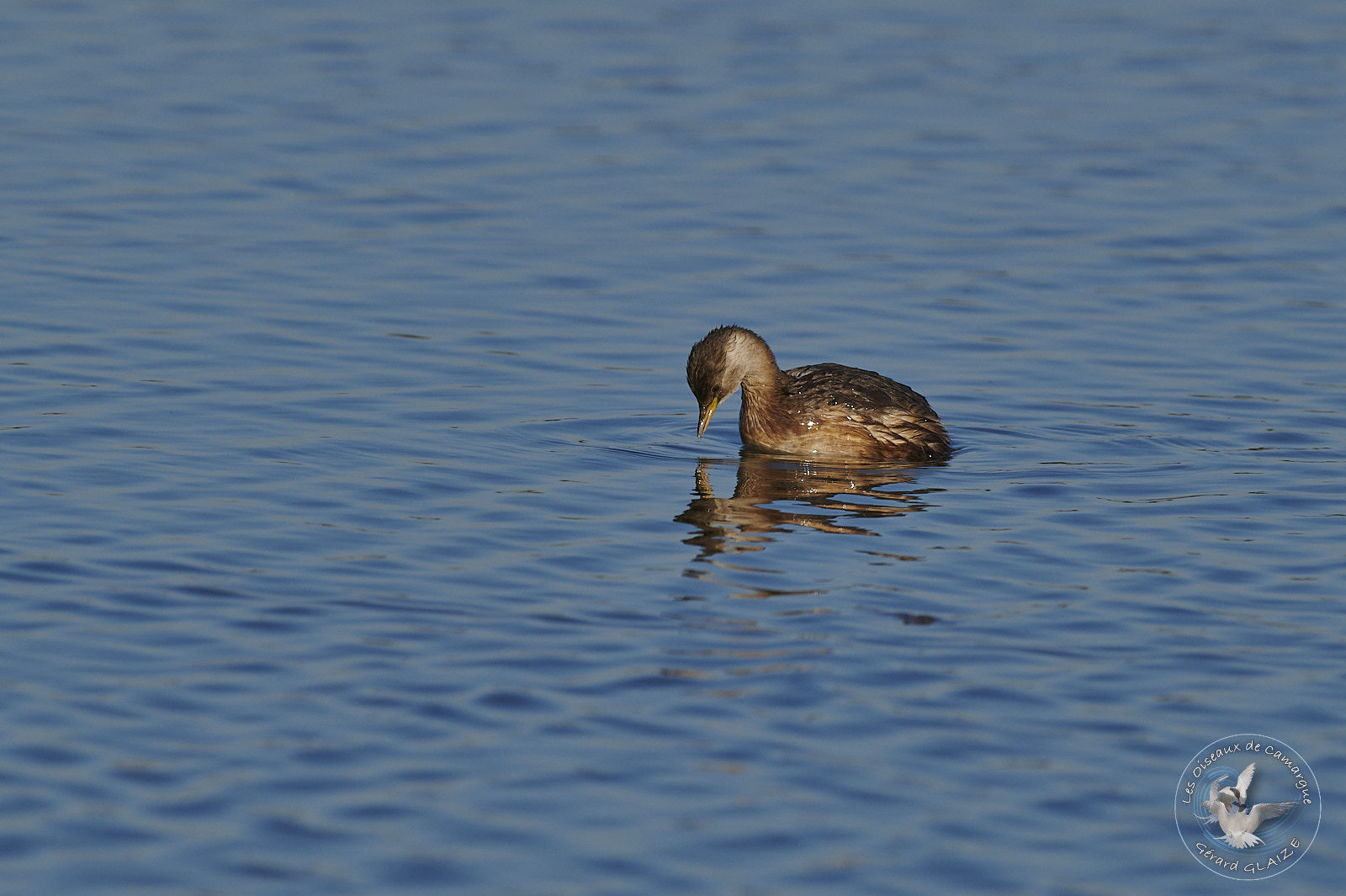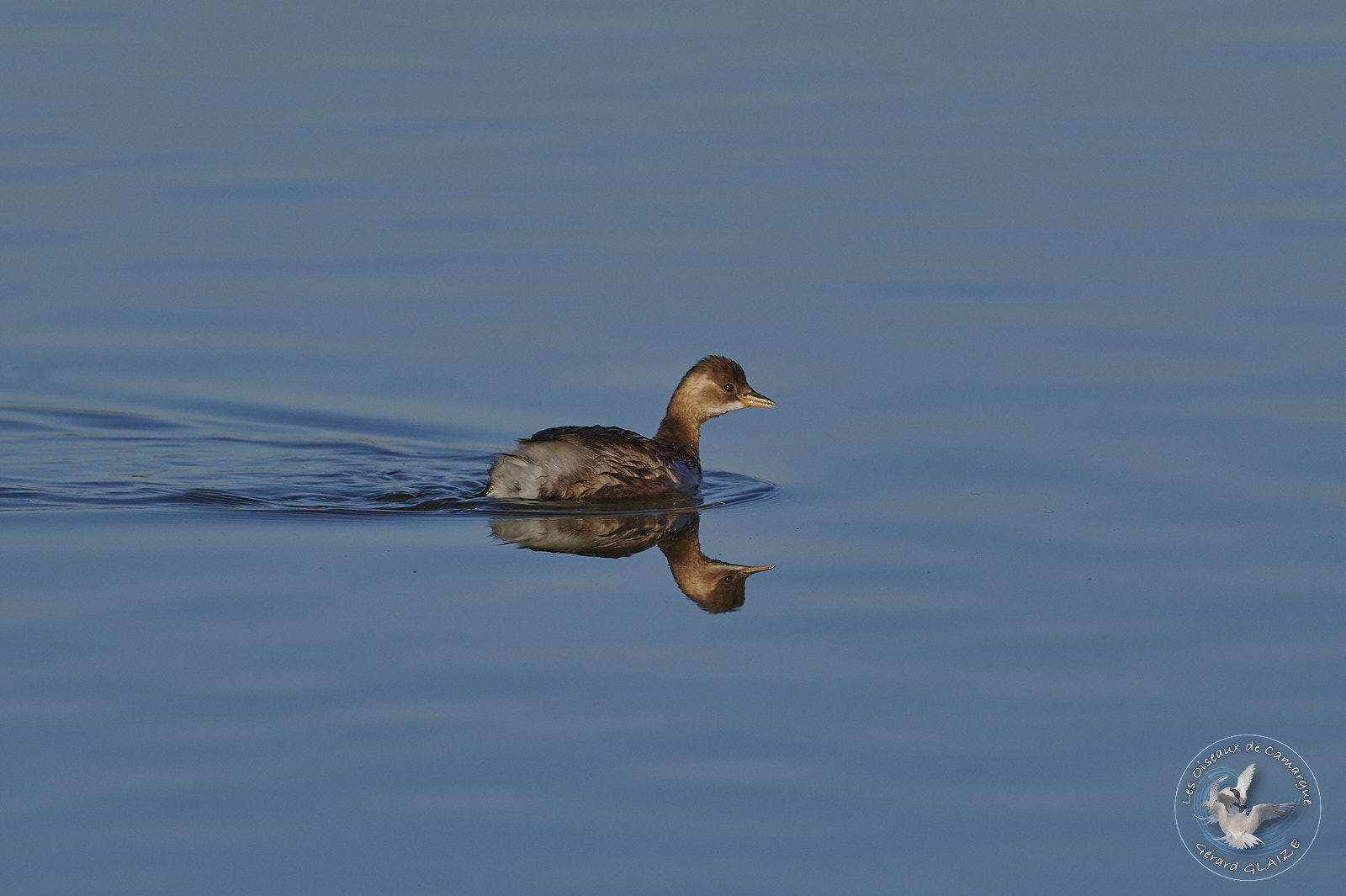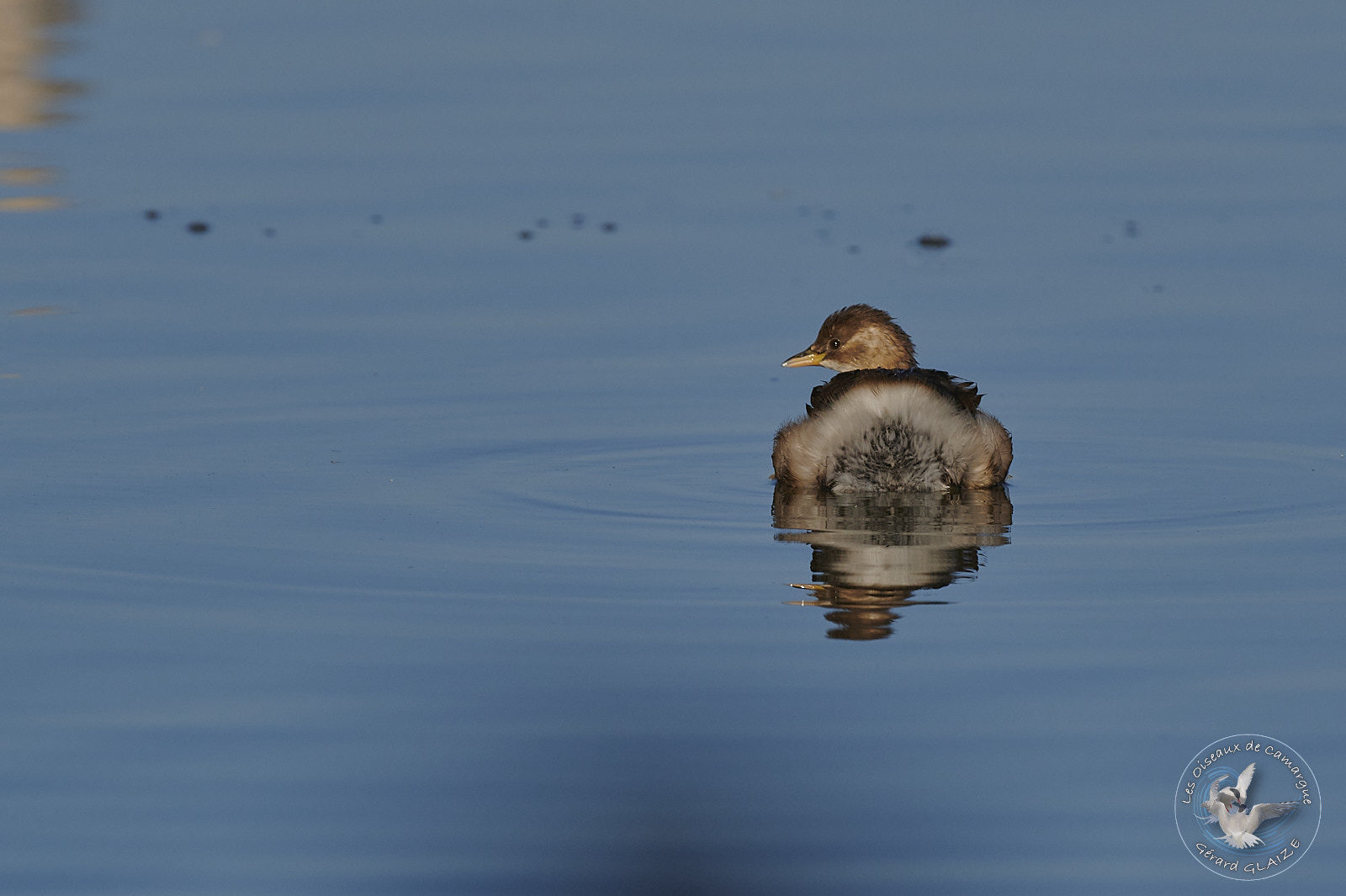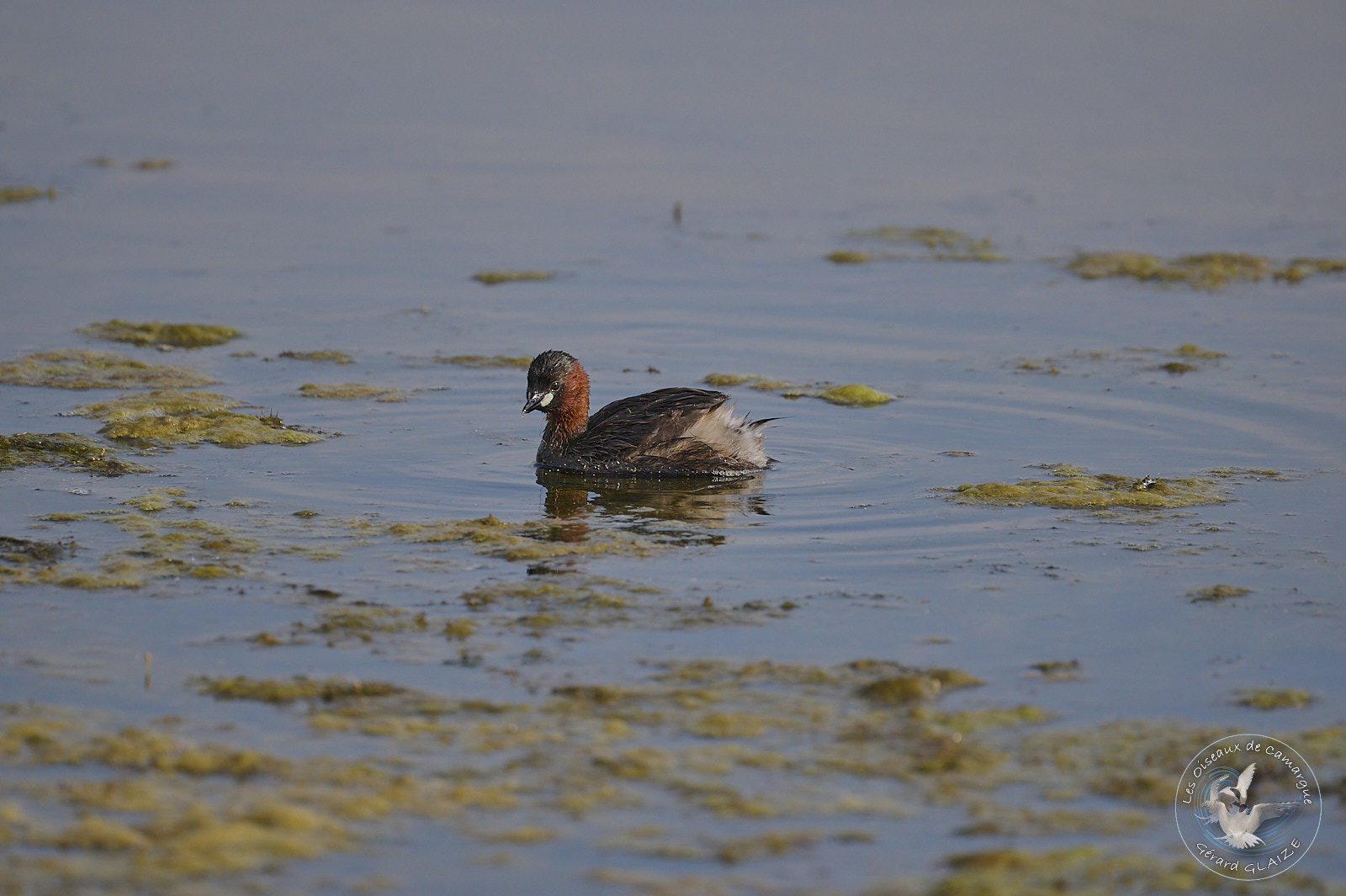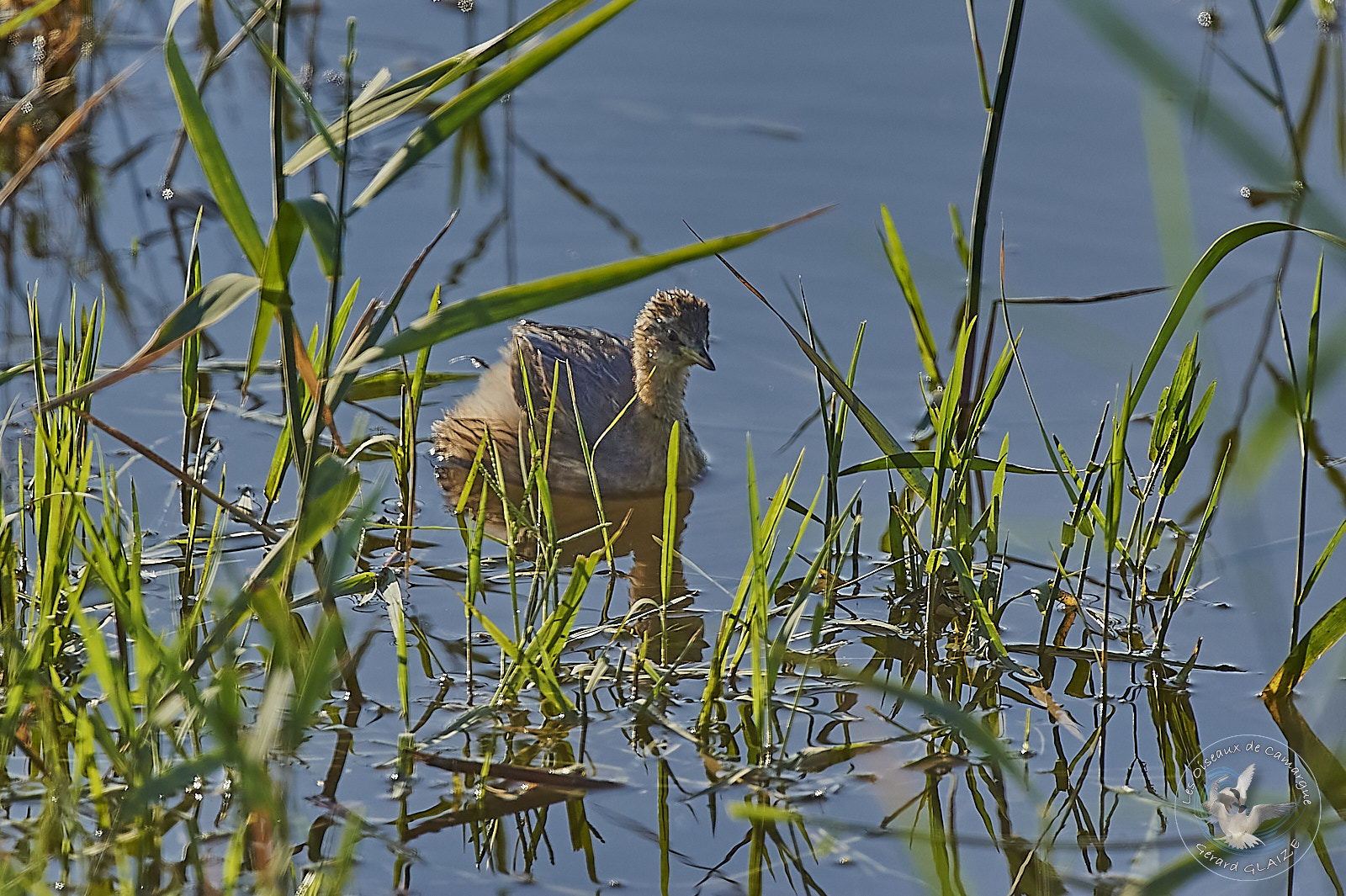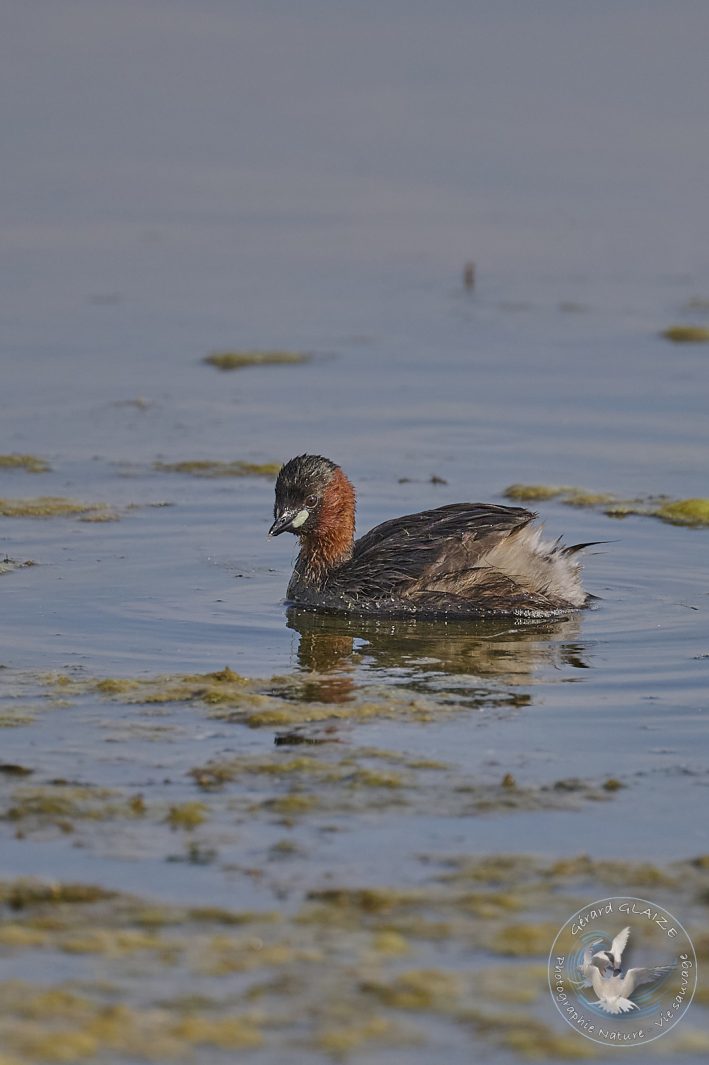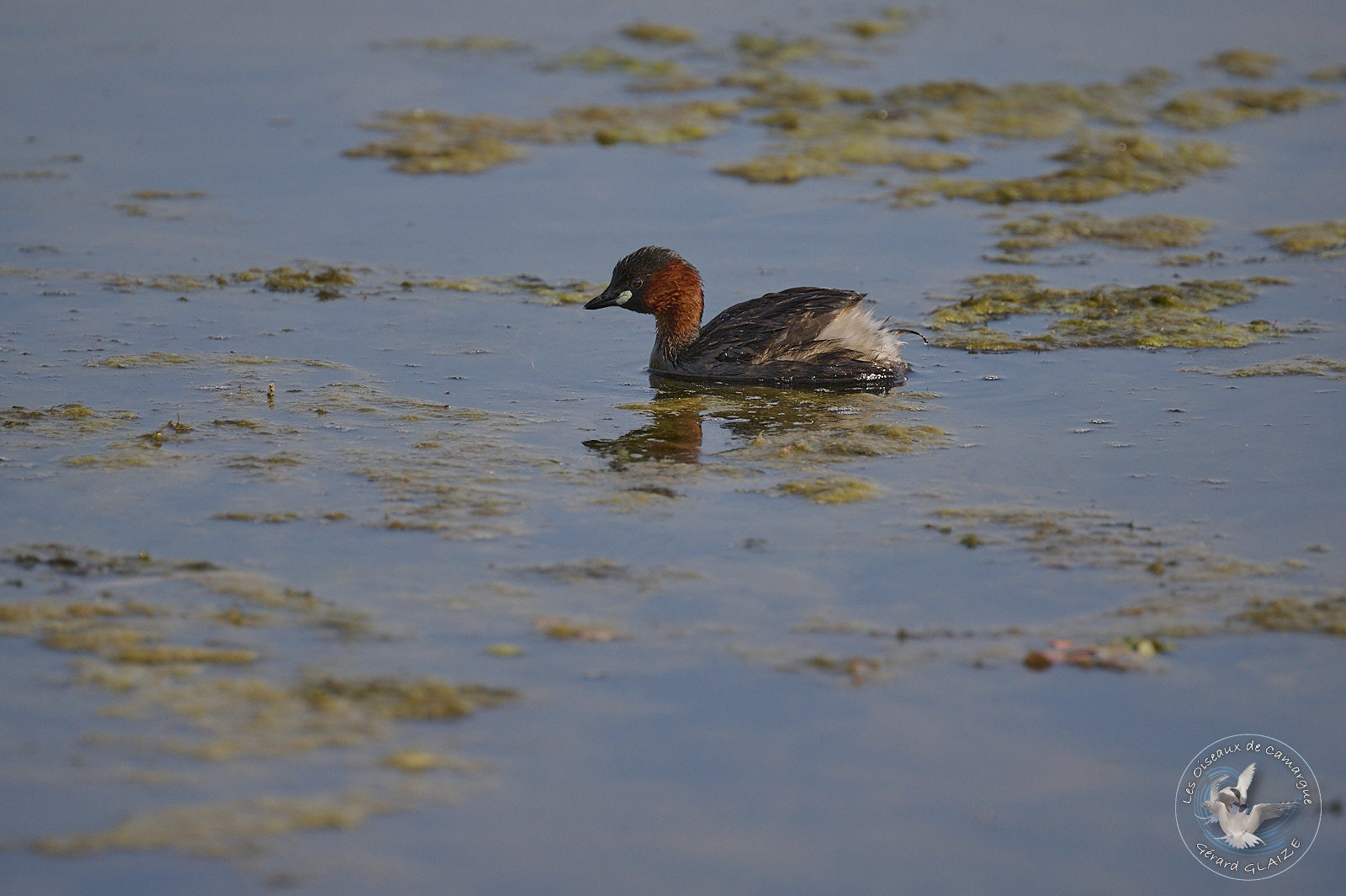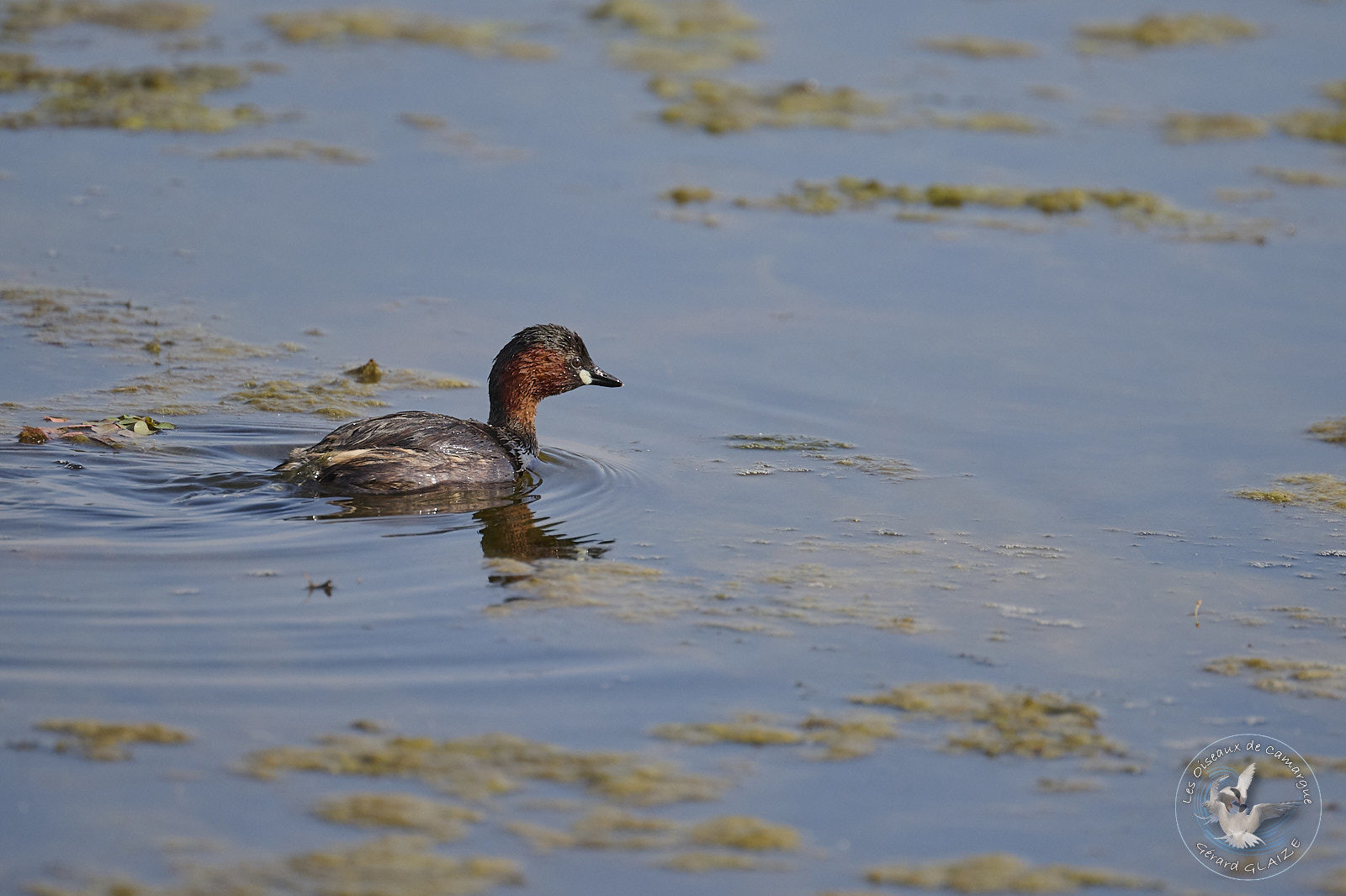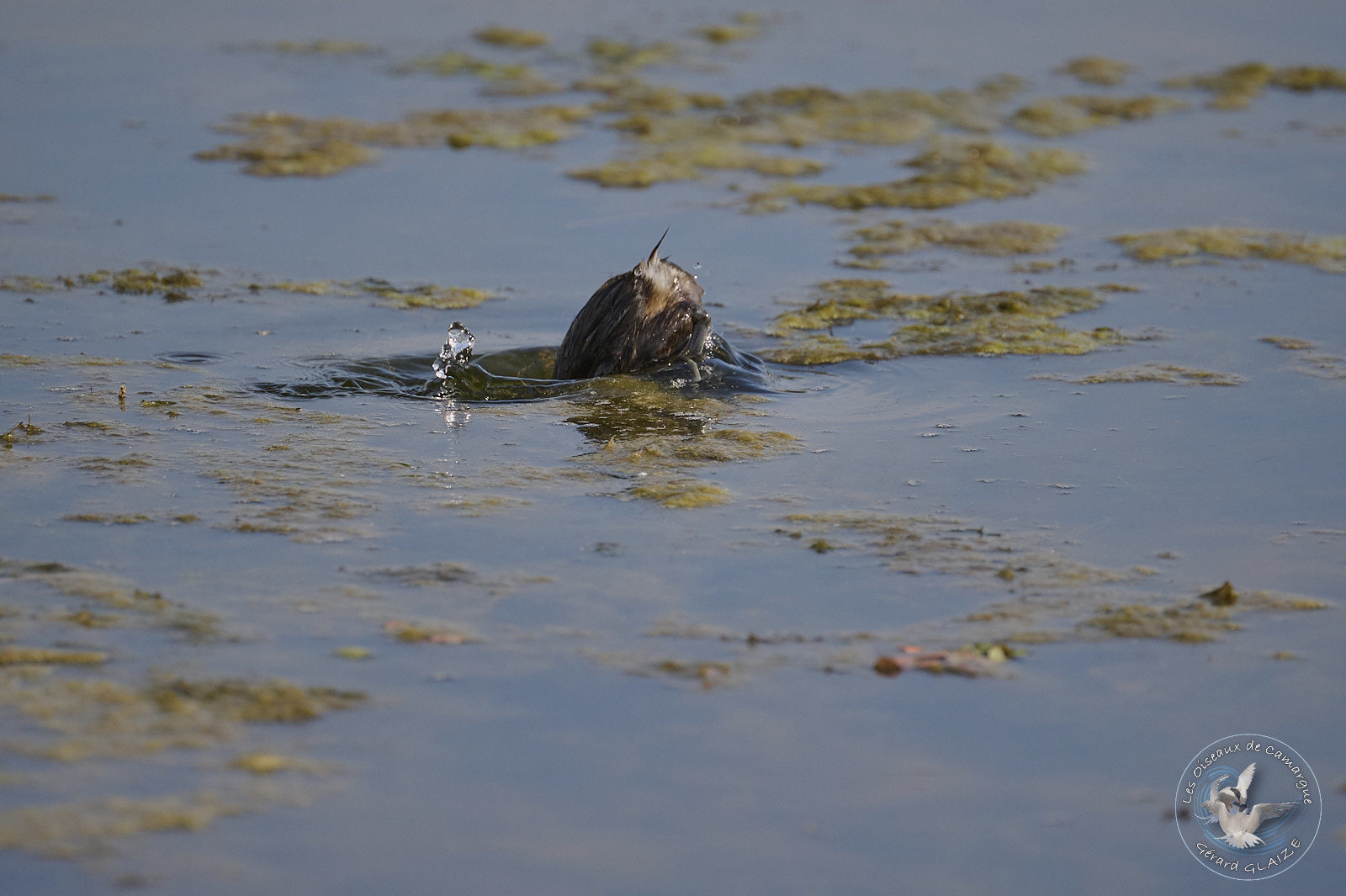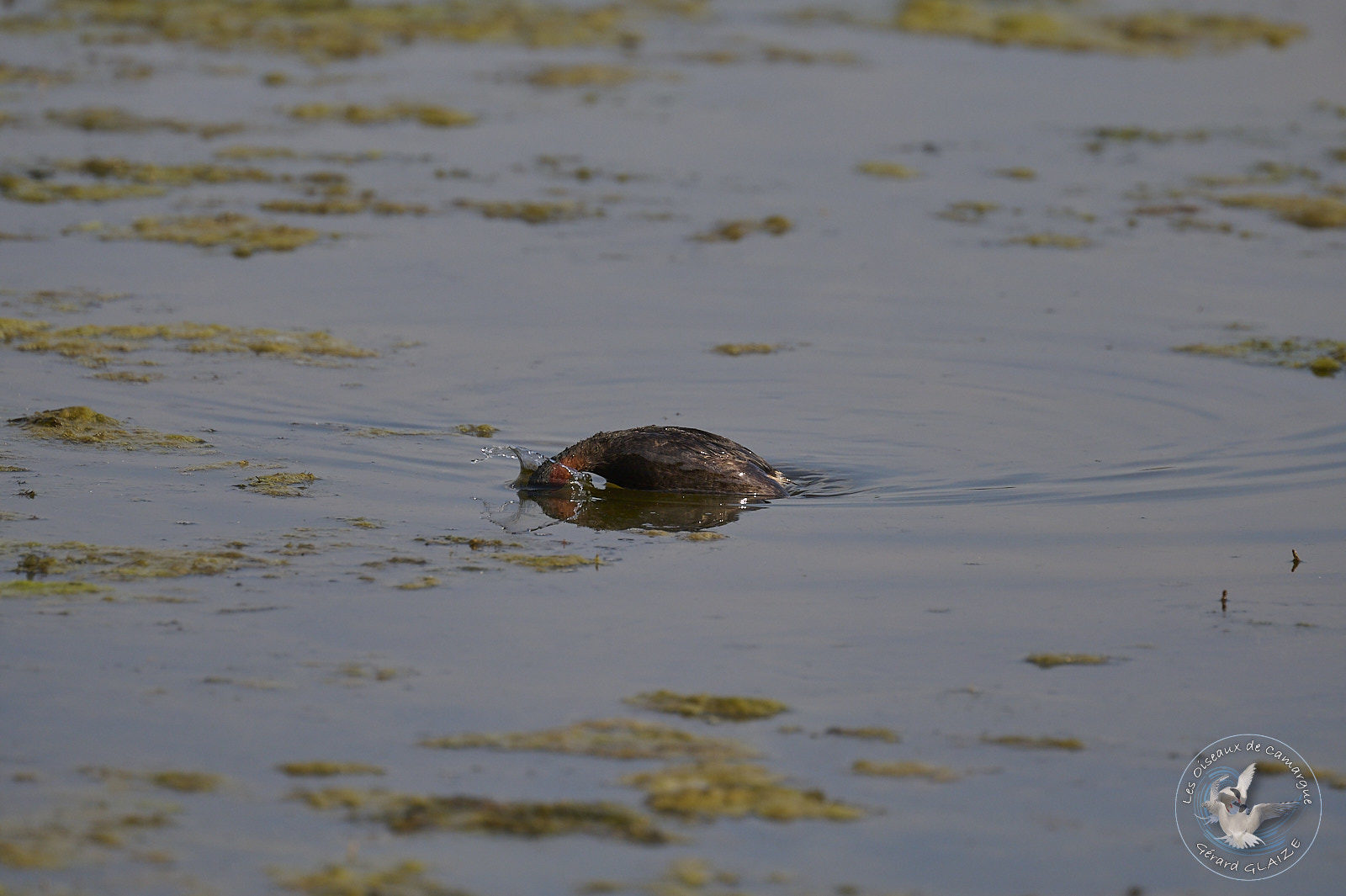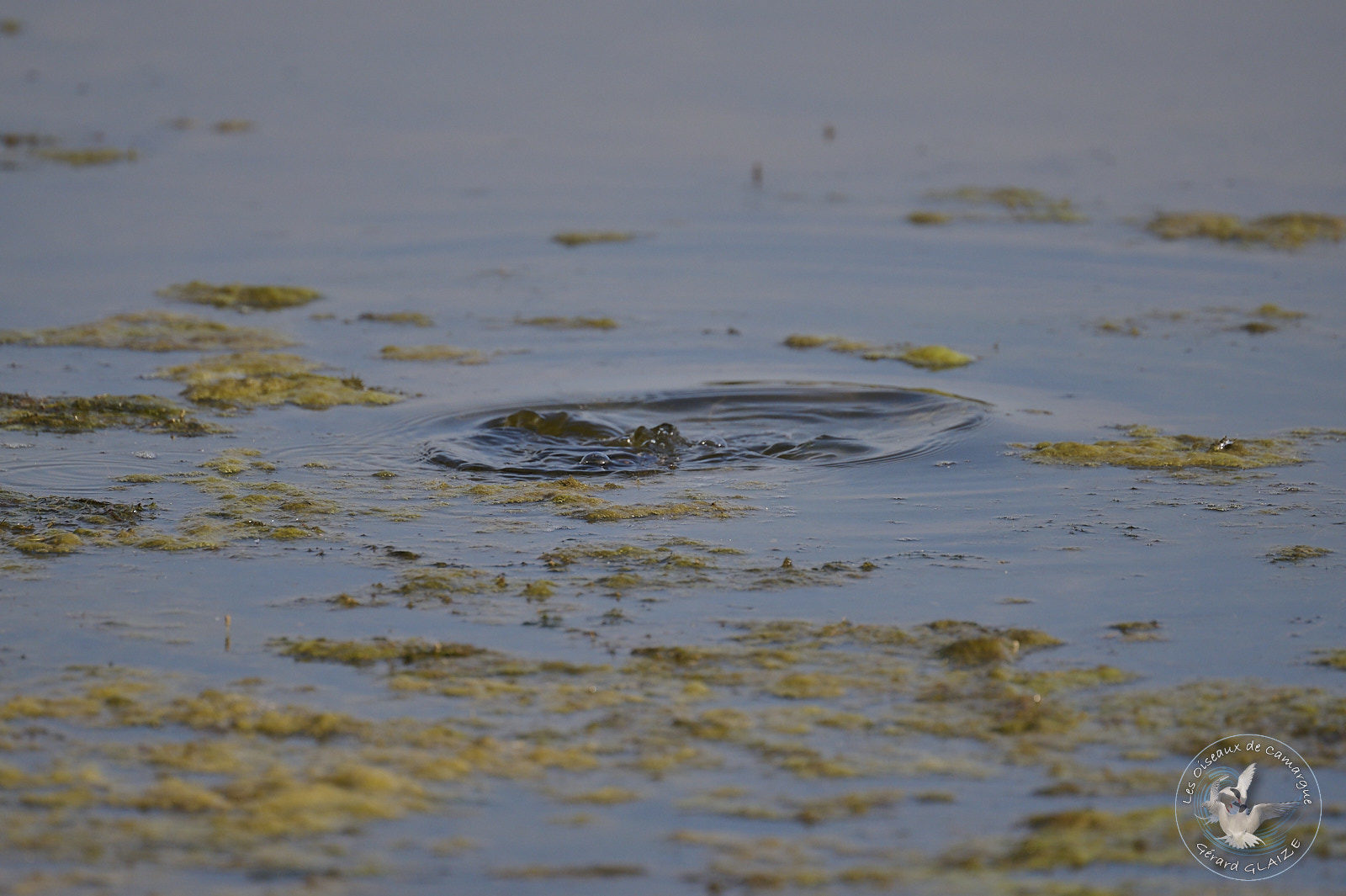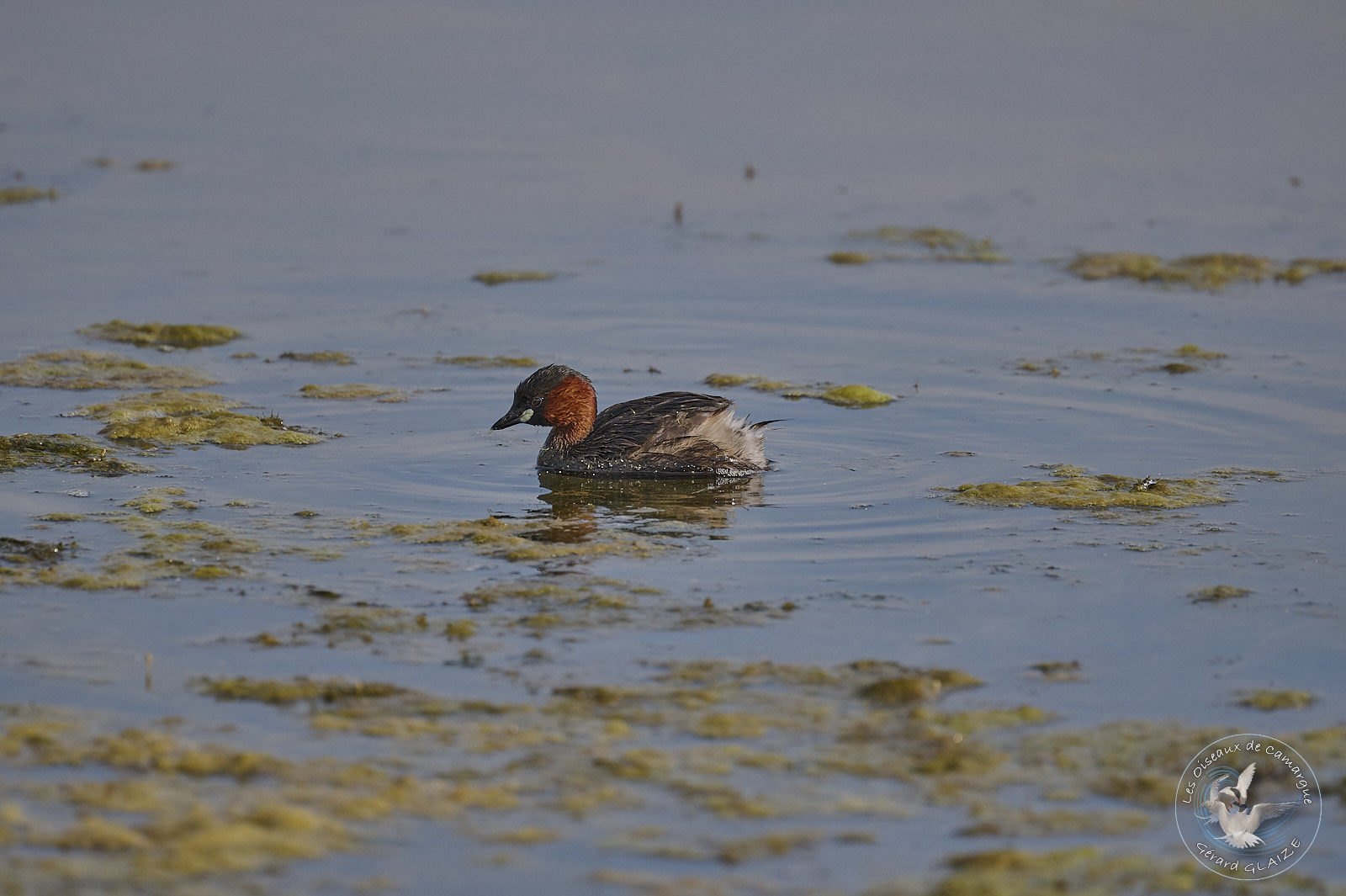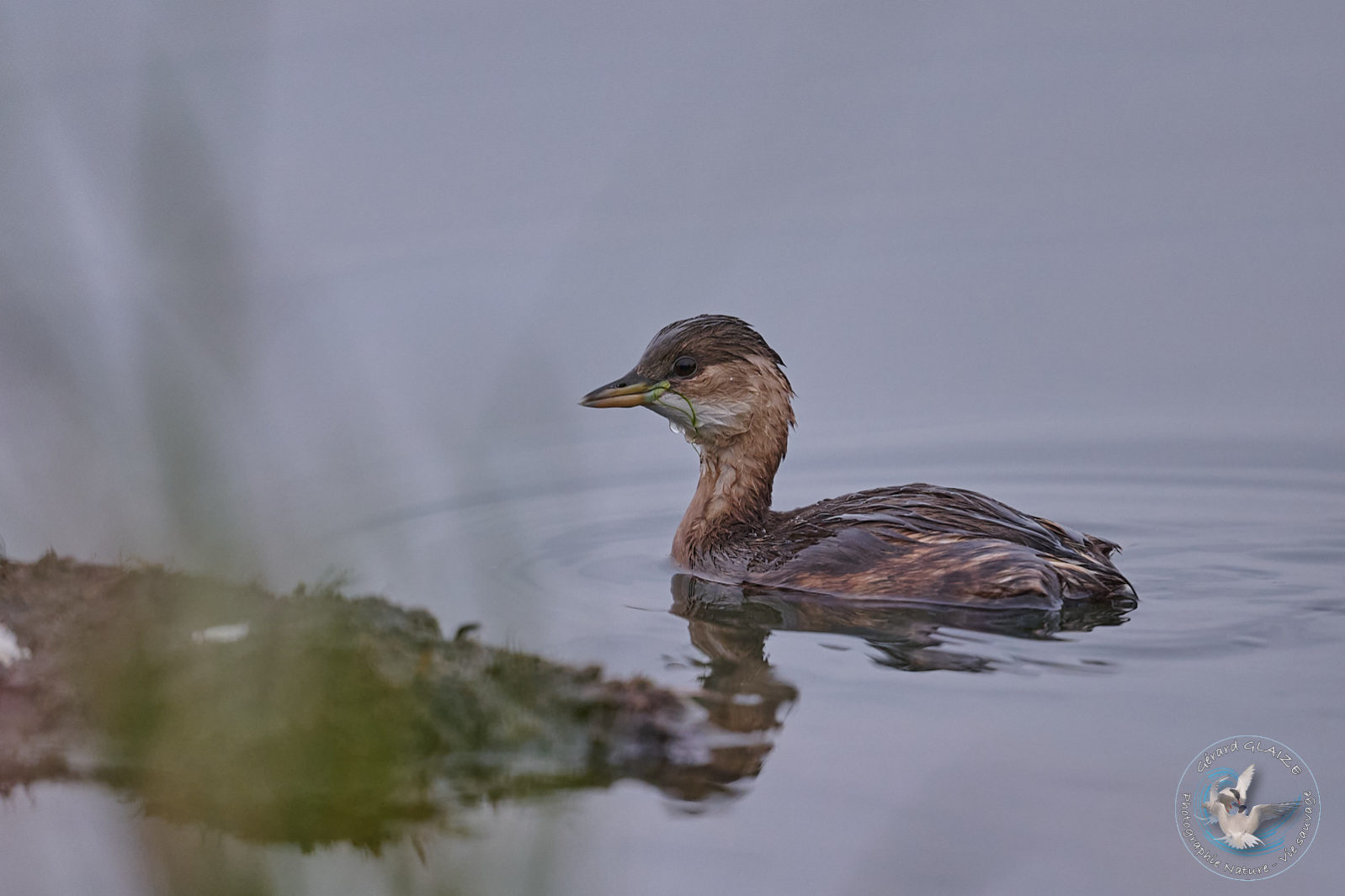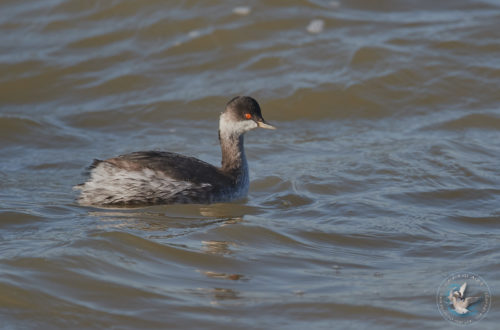Little Grebe
The little grebe is the smallest and stockiest of the grebes. It is immediately identifiable by its small round head, its small thin beak with often visible pale corners and its inimitable way of floating like a cork.
This small Grebe has the back of its body truncated. During the breeding season, the chestnut can be recognized by its reddish-brown cheeks, throat and foreneck contrasting with the rest of the dark brown plumage and the pale yellow spot that marks the corner of the beak. In winter plumage, the Little Grebe has a fairly uniform coloration, the plumage is duller, the back takes on a dirty brown-grey color, the rump is almost white, just like the underside of the body.
Little Grebe
Scientific name : Tachybaptus ruficollis
Family : Podicipedidae
Length: from 25 cm to 29 cm – Wingspan: from 40 cm to 45 cm
Weight : from 100 gr to 200 gr
Longevity : 13 years
IUCN Conservation Status: LC
Flight
More suitable for swimming than flying or rather than taking off since it must run on water 15 to 30 m while flapping its wings to take off. The Little Grebe is quite rarely observed in flight. However, it can fly very quickly and travel great distances during its migrations. At the slightest warning, it dives to reappear a little further. He hides with talent in the high vegetation of the banks. It often flies very low, sometimes in contact with water.
Habitat
The little grebe likes backwaters. Also, it is not uncommon to find it on small ponds, ponds and even flooded ditches, and with fairly dense vegetation on its banks. Of all the grebes, it is indeed the one that can nest on the water bodies whose surface is the smallest.
Regime Diet
The Little Grebe has a predominantly insectivorous diet, unlike other grebe species which are primarily piscivorous. It also consumes small crustaceans, molluscs, as well as amphibians (mainly tadpoles, but also small frogs or newts) and small fish. It captures its prey by diving for 10 to 25 seconds.
Nesting
During the breeding season, its preference is for slow-moving streams whose emergent vegetation is abundant enough to conceal its nest. The nest, built with reeds and fine branches, is a kind of small more or less floating raft moored in the reeds or to the bank by the branches of a shrub falling in the water. From April to July, the female lays 5-6 whitish eggs there. Both parents incubate during a period varying from 20 to 27 days. Upon hatching, the precocial chicks quickly leave the nest to follow their parents over and under water. They sometimes carry them on their backs.
Protection
The Little Grebe is not on the European Commission’s list of Europe’s most endangered birds. However, it is protected by the Bern Convention (2002).
Cry
Its loud trills often reveal its presence during courtship. These slightly whinnying trills are given during the nesting season, and by its calls (bii-iip). It also produces chirping and somewhat metallic noises (ûit-ûit). It sings mainly from March to the end of July, during the breeding season. The Little Grebe is quieter in winter. It can, however, be heard on sunny days.
Useful Links
Other Links
- You can see the article from my site “Birds of Camargue” for more information on the Camargue and the Birds.



